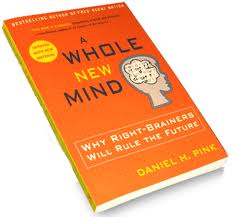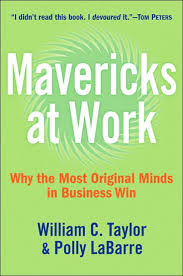 After promoting Keri Smith’s guerilla art techniques, I discovered that she now has a full length book on the topic. Hurrah!
After promoting Keri Smith’s guerilla art techniques, I discovered that she now has a full length book on the topic. Hurrah!
It covers everything from what is guerilla art to what to be aware of when creating art in public spaces and exercises and templates to fuel your creativity. I love how she describes that you don’t have to be able to draw or paint to be a guerilla artist; you just need to care about something and want to express yourself.
She describes 3 ways to approach guerilla art:
- beautifying – altering your surroundings
- questioning – using your voice, challenging the status quo
- interacting – with the environment or people
As a public art enthusiast, I appreciate that the exercises are easy to follow and most importantly create a community connection. From guerilla gardening (she shows you how to make a seed bomb to throw in vacant lots) to chalk quotes and book leave-behinds, Smith will get you thinking about your own environment and questioning how you can change it for the better. There’s even a list for you to find solutions and create your own guerrilla art projects.
- Pick up a copy of the Guerilla Art Kit and try out some more ideas.


